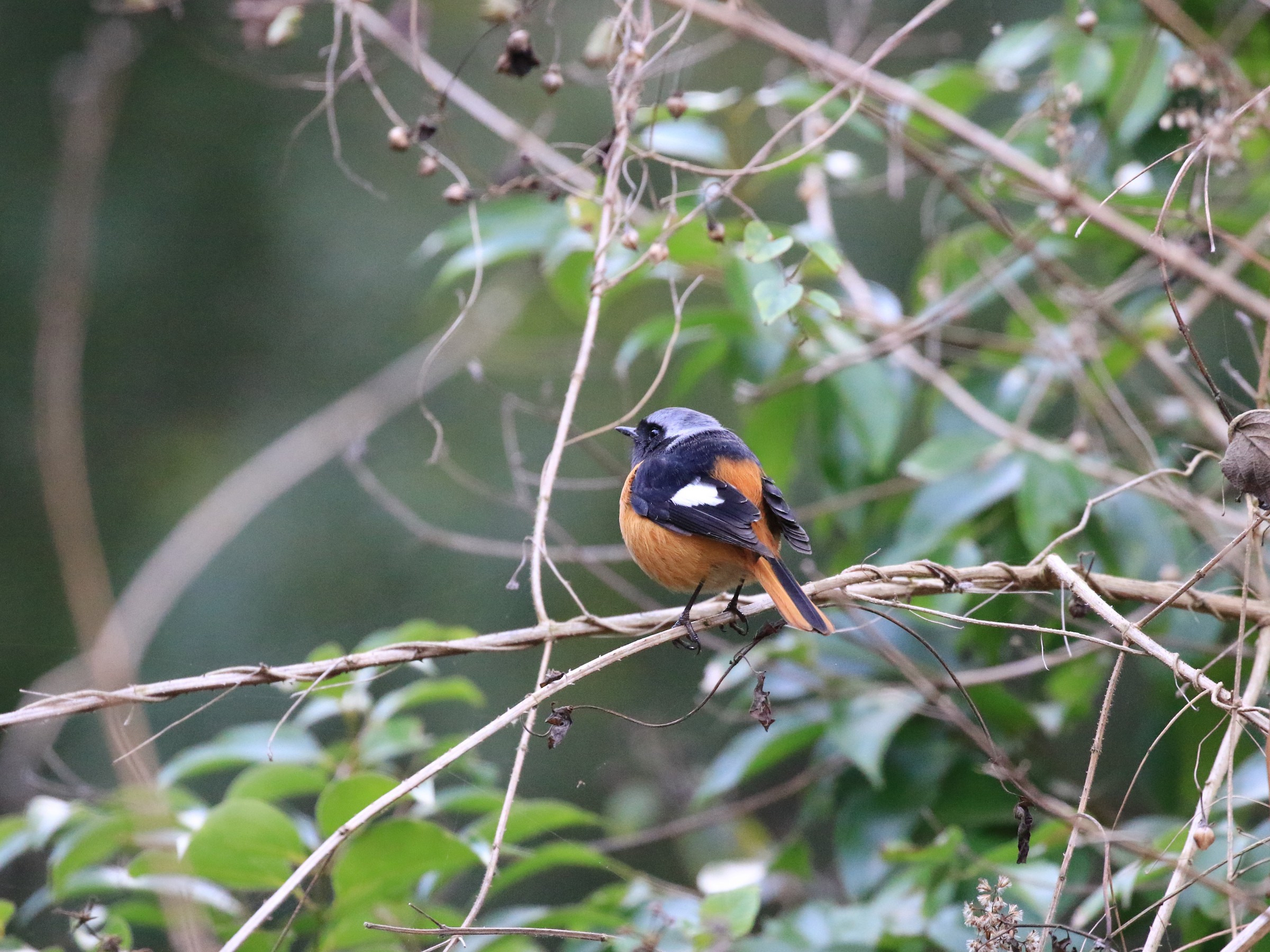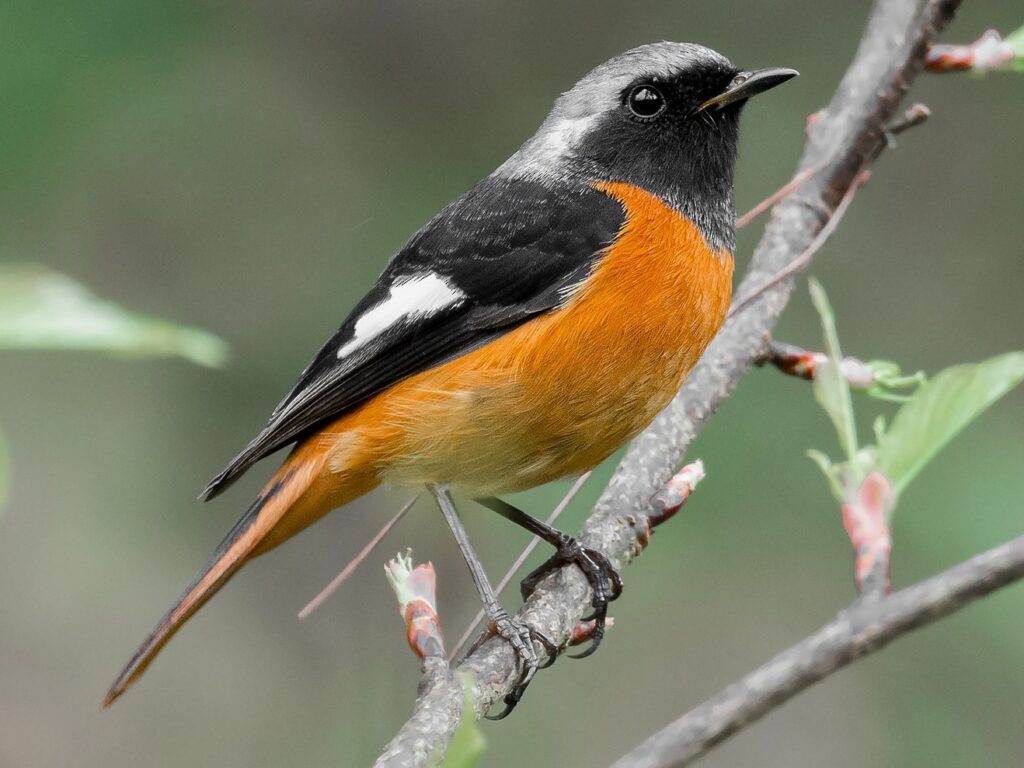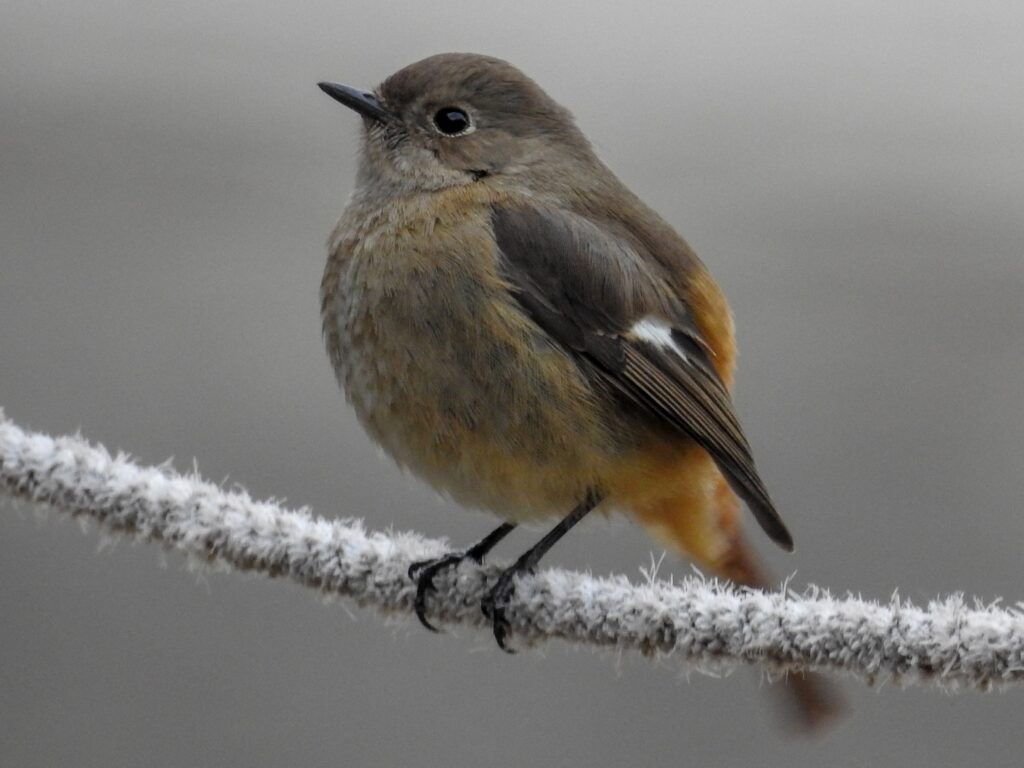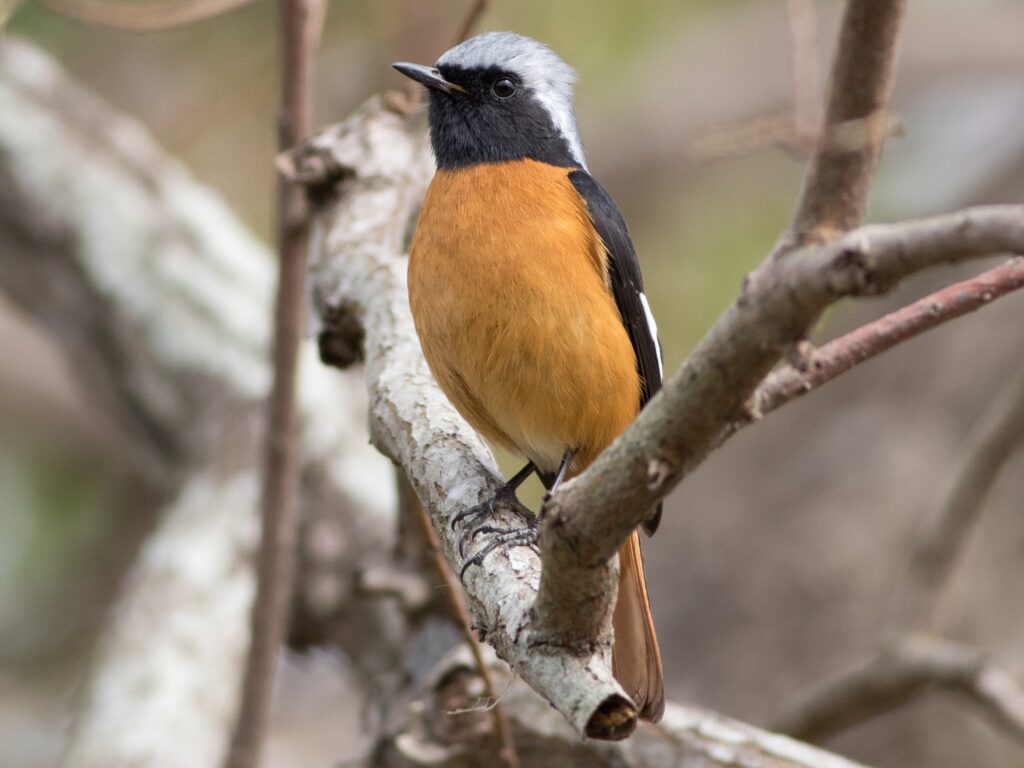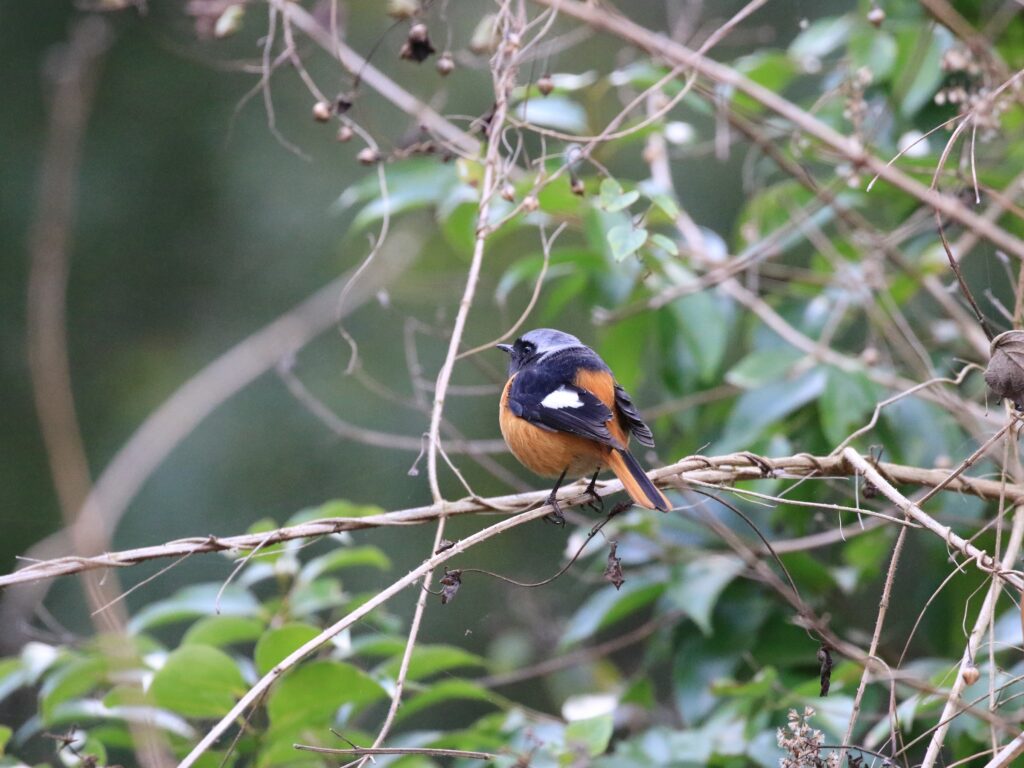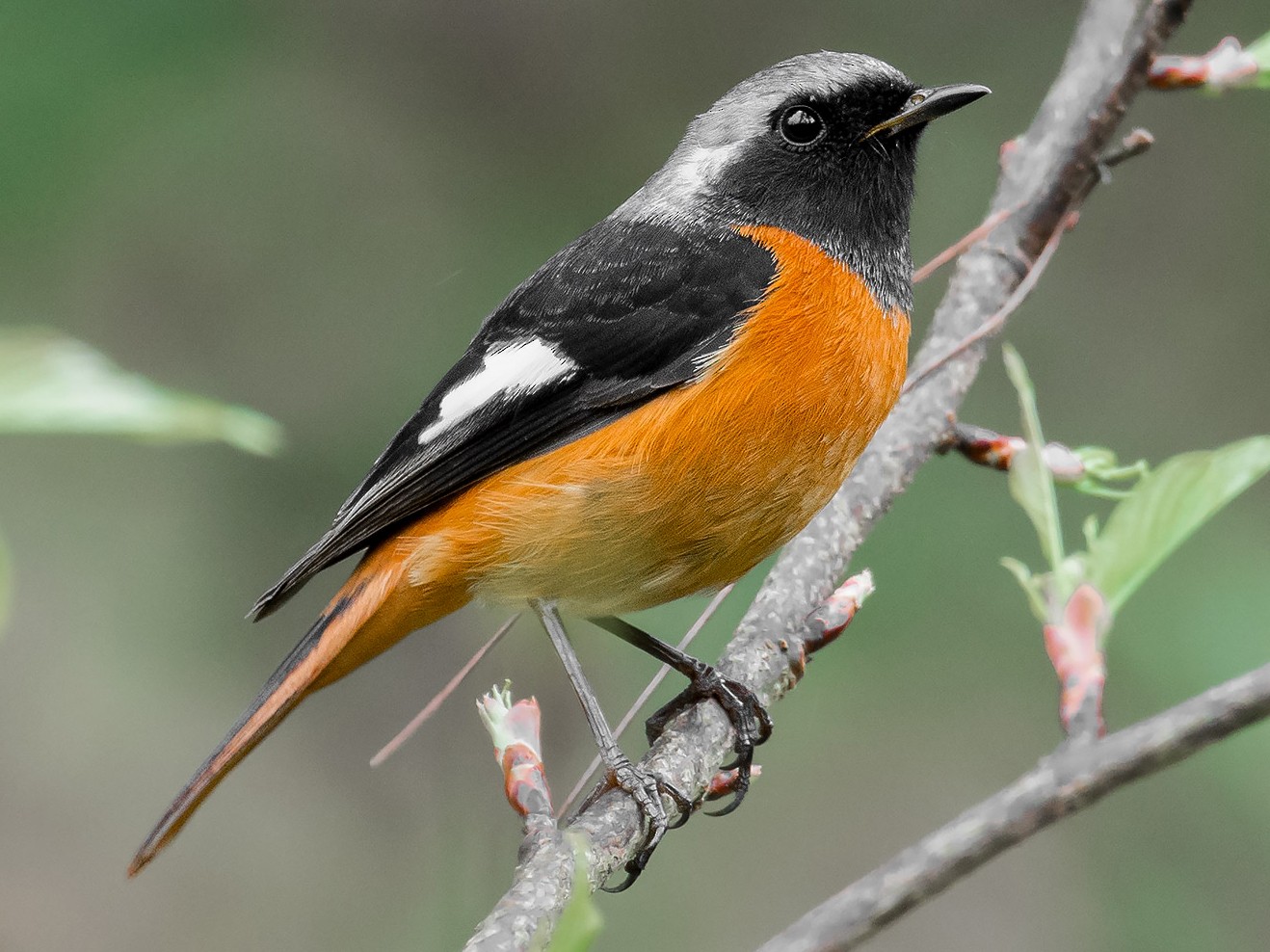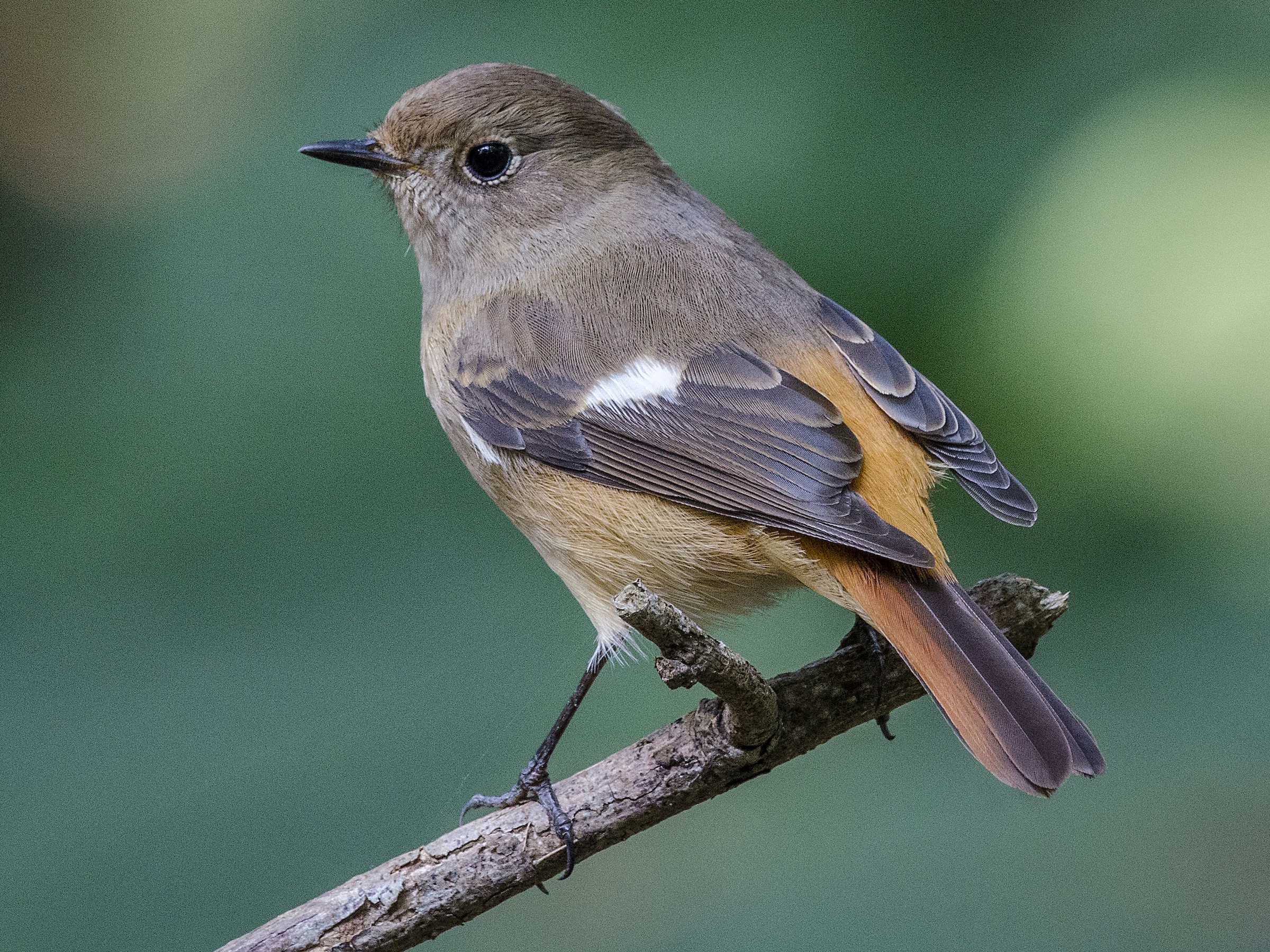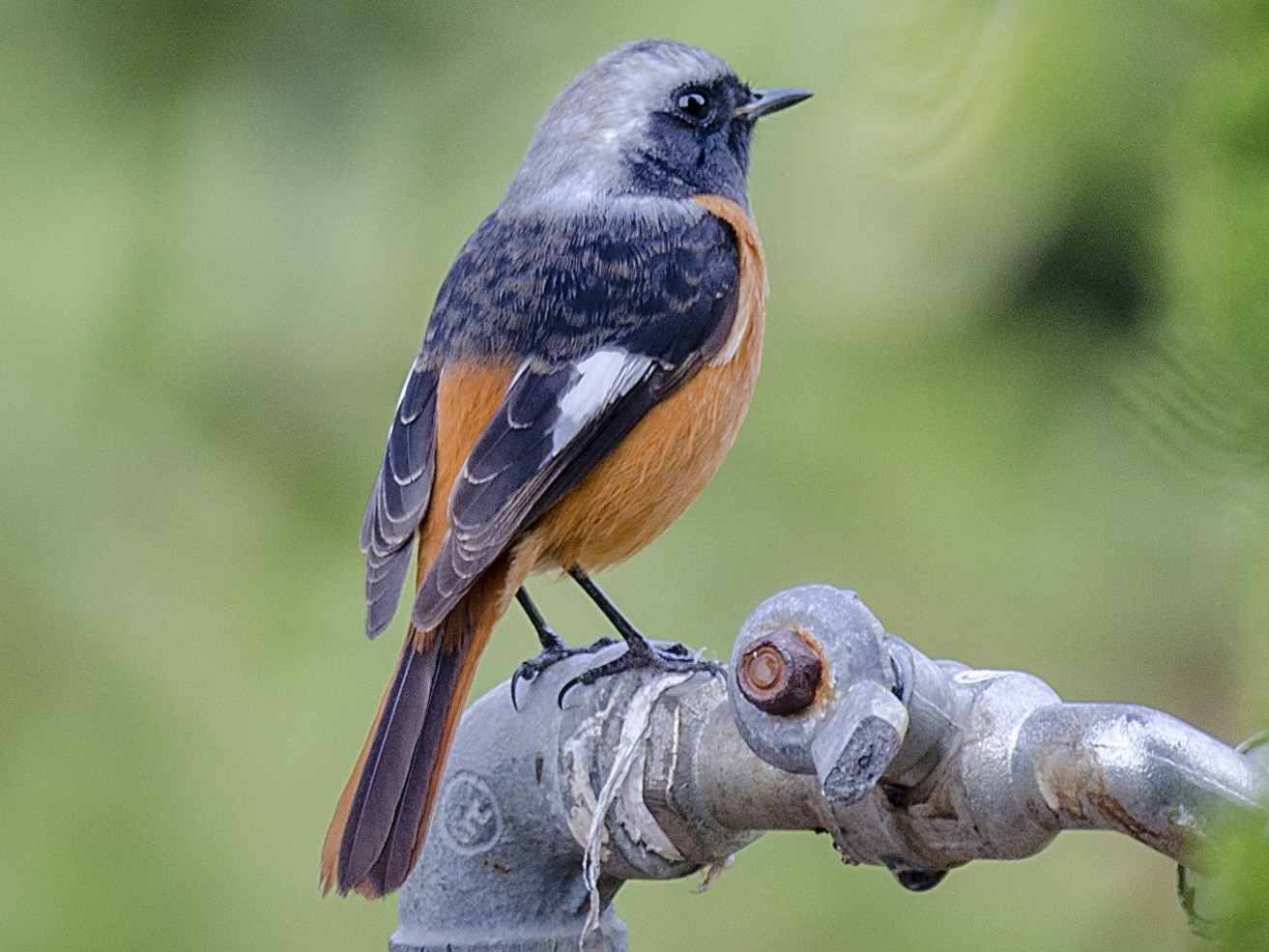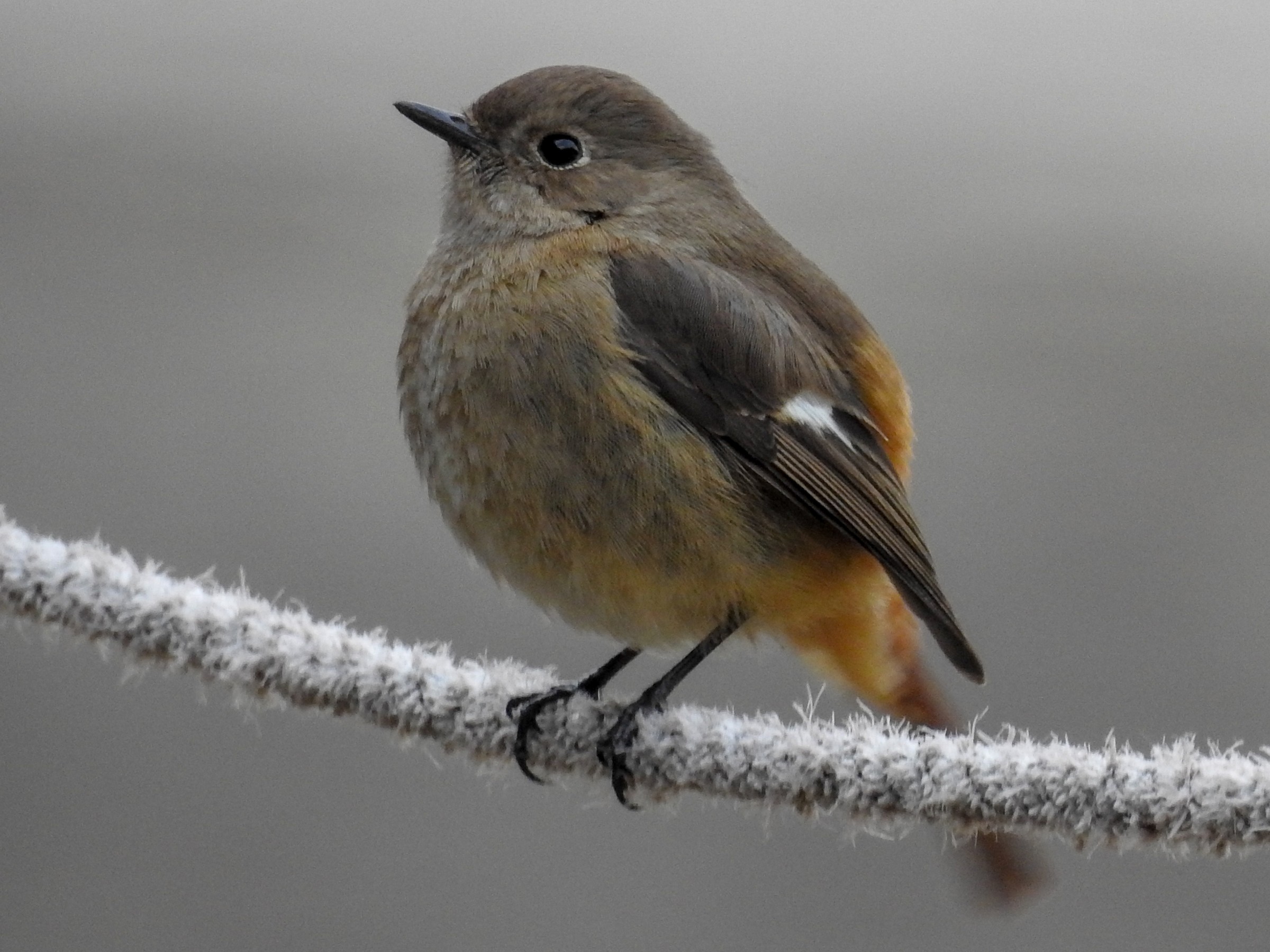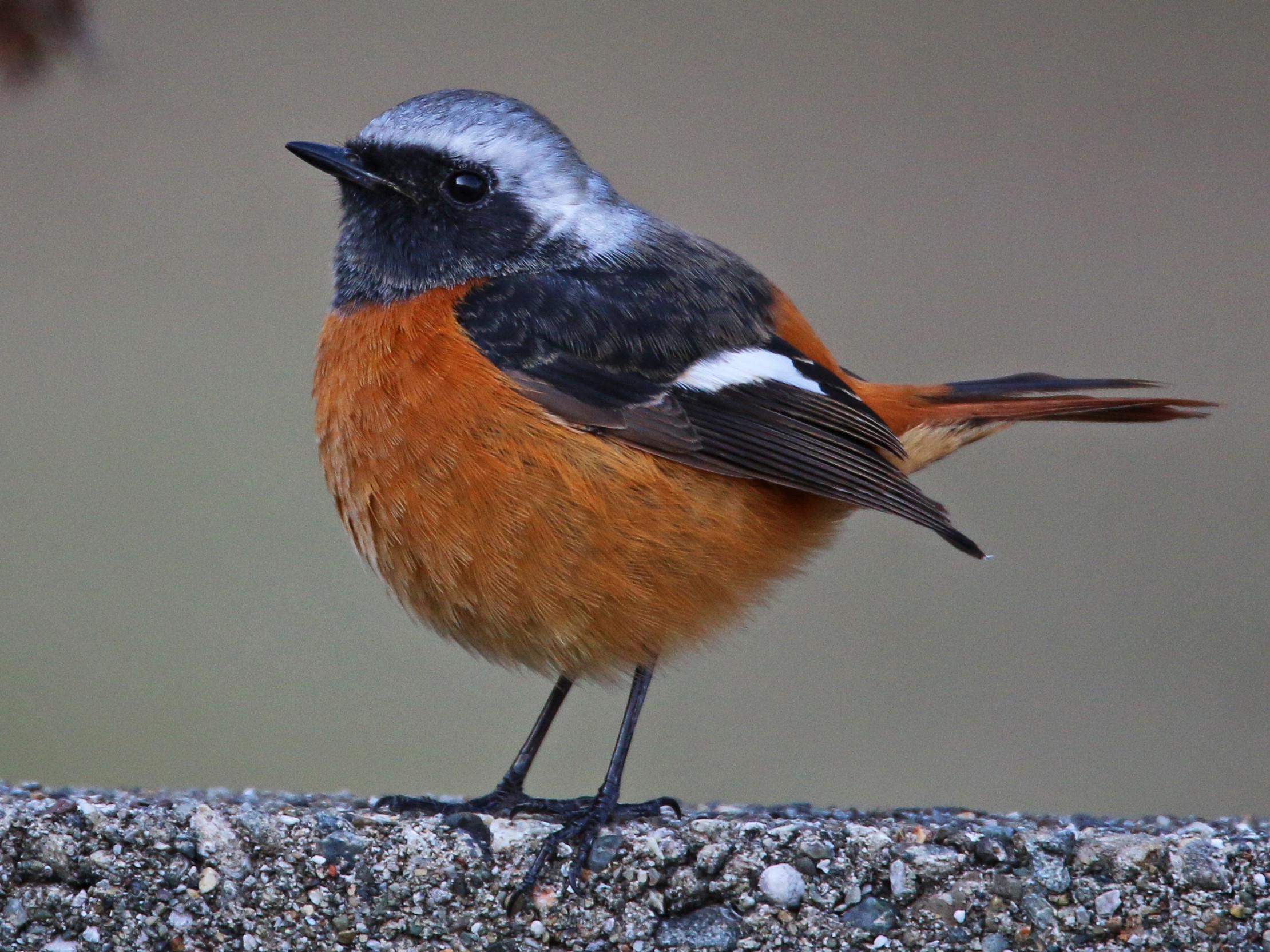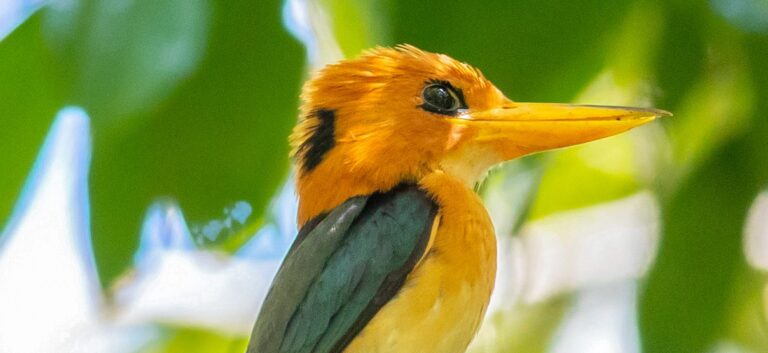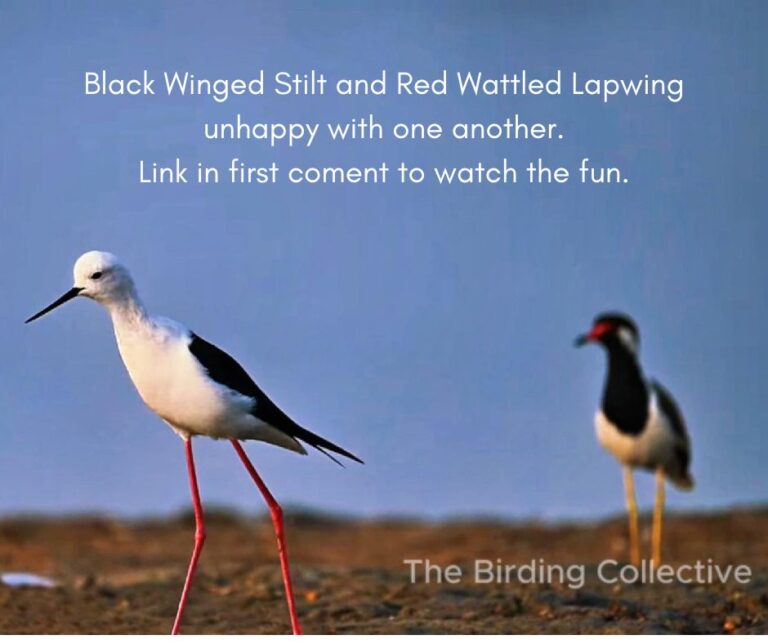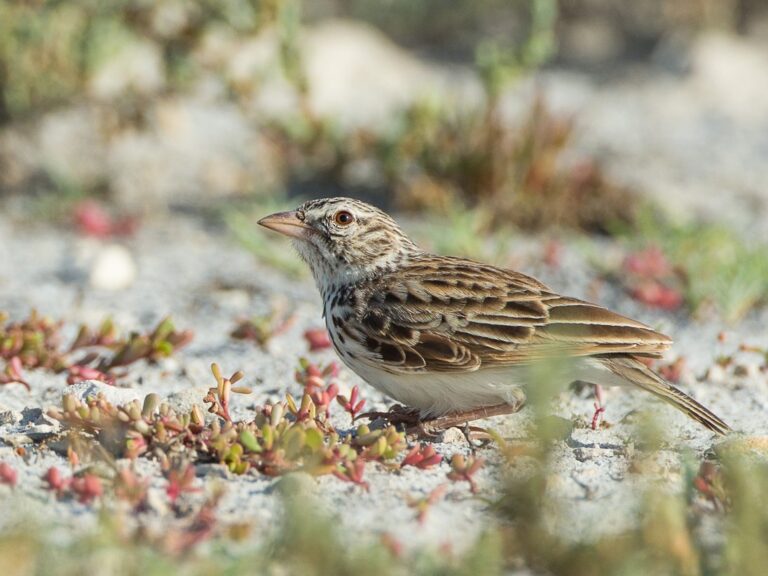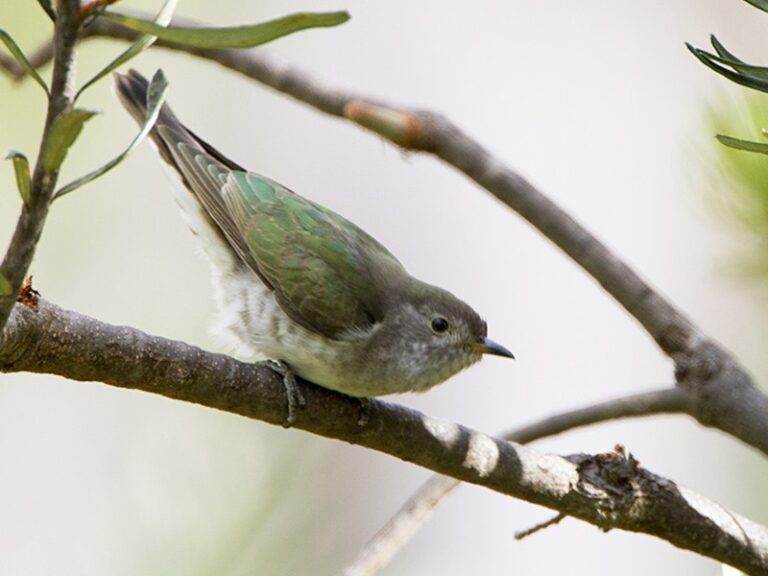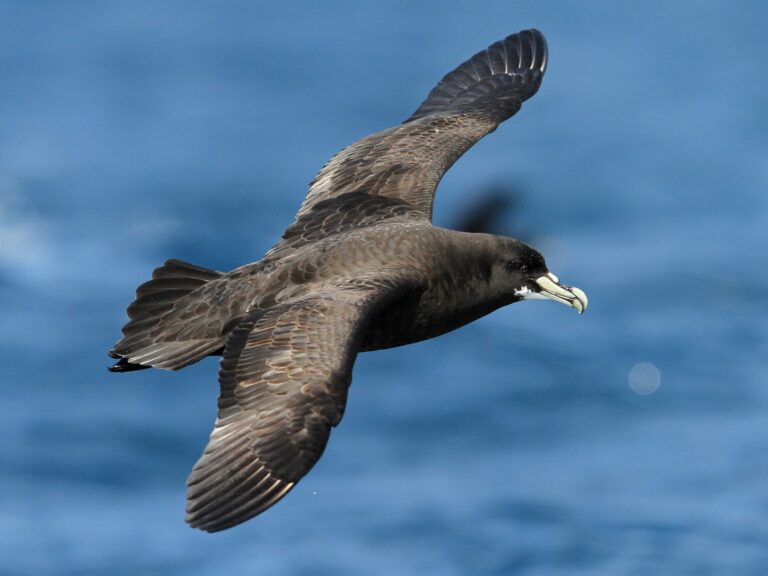Daurian Redstart: A Vibrant Marvel of Eastern Asia’s Birdlife
The Daurian Redstart, known scientifically as Phoenicurus auroreus, is a captivating bird found primarily in East Asia. This small songbird presents a stunning display with its colorful plumage and unique behaviors, making it a favorite among birdwatchers and photographers alike. With its presence across countries like Japan, Korea, Mongolia, and China, the Daurian Redstart plays an essential role in its habitat, often thriving in forests and parks.
These birds exhibit fascinating behaviors, especially during the breeding season when males sing to establish territory and attract mates. Their adaptability to various environments allows them to be spotted in diverse locations, from the Himalayas to urban parks. The Daurian Redstart not only enriches the ecosystems it inhabits but also contributes to the beauty of nature through its striking appearance and sweet melodies.
As the conservation status of many bird species comes into question, understanding the Daurian Redstart’s habits, challenges, and environment becomes crucial. Learning more about this species can inspire actions to protect their habitats and ensure future generations can appreciate their beauty.
Key Takeaways
- The Daurian Redstart is a colorful bird found in East Asia, known for its striking appearance.
- It thrives in various habitats, including forests and parks, and is a popular subject for birdwatching.
- Understanding its behavior and ecology is important for conservation efforts.
Description and Identification
The Daurian Redstart is a small songbird known for its striking colors, distinct physical traits and vocalizations. This bird displays noticeable features that help in identifying it, as well as differences between males and females.
Physical Characteristics
The Daurian Redstart measures about 14 to 15 cm in length. The male typically exhibits a vibrant plumage, with an orange-chestnut belly that contrasts with its grey crown and wings.
A prominent white wing patch is evident during flight, adding to its visual appeal. The tail is long and often held upright, which is a common characteristic of this species.
Females, while more subdued in color, still possess the grey crown and can be identified by their warm brownish tones. Their overall shape and size remain similar to that of males, making both easy to recognize in the field.
Sexual Dimorphism
Sexual dimorphism is evident in the Daurian Redstart, primarily in coloration. Males are vivid, featuring bright orange underparts and a striking grey crown.
In contrast, females display a more muted brownish-grey appearance, providing better camouflage during nesting. Despite the color differences, both sexes share the same eye-catching white wing patch.
The males tend to have a slightly larger body size. This distinction can assist birdwatchers in identifying the species quickly in natural settings. Observing these differences adds to the appreciation of their beauty and ecological roles.
Habitat and Distribution
The Daurian Redstart is known for its diverse habitat preferences and wide geographical range. Understanding where it lives and the environments it thrives in is crucial for conservation and study.
Geographical Range
The Daurian Redstart can be found across several regions of East Asia. Its geographical range includes countries such as Mongolia, China, Korea, and parts of Japan and Taiwan. This bird breeds in open areas within its range.
During the breeding season, it is commonly spotted in Himalayan foothills, adding to its varied habitat. The species has expanded its breeding territory into Japan in recent years, highlighting its adaptability.
Preferred Habitats
Daurian Redstarts prefer habitats that blend open landscapes with patches of vegetation. They thrive in parks, gardens, and forests where there is sufficient cover for nesting.
These birds can often be found near water bodies, as they require a consistent water source. They do well in both urban and rural areas, provided there is suitable foliage. Their adaptability allows them to occupy various habitats, from natural woodlands to urban green spaces.
Behavior and Ecology
The Daurian Redstart exhibits a range of interesting behaviors and ecological interactions. Its diet, reproductive habits, and migration patterns showcase its adaptability and the challenges it faces in the wild.
Diet and Feeding Habits
The Daurian Redstart primarily feeds on insects, small invertebrates, and berries. It prefers to hunt for food on the ground or low vegetation, often seen flicking its wings to flush out prey.
This bird’s diet changes with the seasons. During spring and summer, it mainly consumes insects such as beetles, caterpillars, and ants. In fall and winter, it relies more on berries and seeds.
The feeding behavior of these birds often involves a combination of perching and short flights to catch their food. They are known for their agility and quick movements, making them effective hunters.
Reproduction and Lifecycle
Daurian Redstarts are monogamous during the breeding season. They typically nest in shrubs or trees, building their nests using grass, feathers, and other materials.
Females lay about 4-6 eggs, which they incubate for approximately 12-14 days. Once the eggs hatch, both parents share the responsibility of feeding the chicks.
The young leave the nest about 14-20 days after hatching. After fledging, they continue to depend on their parents for food for a short while before becoming independent.
Migration Patterns
Daurian Redstarts are migratory birds. They usually breed in East Asia, particularly in countries like Mongolia and China.
As winter approaches, they migrate south to areas such as Southeast Asia and parts of India. These migrations can cover considerable distances.
During migration, Daurian Redstarts often congregate in small flocks. This social behavior helps them stay safe from predators and increases their chances of finding food.
Their migration is triggered by changes in temperature and daylight hours, showing their natural adaptability to seasonal changes in their environment.
Conservation Status
The conservation status of the Daurian Redstart is influenced by various threats and challenges. Efforts to protect this species have also emerged to address its decline in certain areas.
Threats and Challenges
The Daurian Redstart faces several threats that impact its populations. Habitat loss is a major concern, primarily due to urbanization and agricultural expansion. As forests and natural areas are converted for human use, available nesting sites are reduced.
Additionally, climate change poses risks by altering the habitats that these birds rely on. Extreme weather events and changing temperatures can affect food availability and breeding success.
Predation by invasive species, such as certain cats and rats, also threatens their nests and young. Reduced genetic diversity due to fragmented habitats can further challenge their survival.
Protection Efforts
Conservation efforts for the Daurian Redstart focus on habitat preservation and restoration. Key initiatives include protecting remaining natural areas and managing urban development to minimize impacts on their habitats.
Bird conservation organizations are actively raising awareness about the species and its needs. They promote community involvement in habitat protection and restoration efforts.
Research studies are being conducted to monitor population trends and understand the ecology of the Daurian Redstart.
Regulations aimed at controlling invasive species are also crucial. These efforts help create a safer environment for the redstart and other native wildlife. Through these combined actions, conservationists hope to stabilize and improve the population of the Daurian Redstart.
Photography and Usage
Photography of the Daurian Redstart captures its vivid colors and unique behaviors. Proper understanding of usage rights and restrictions is crucial for photographers and clients looking to showcase these images.
Capturing Imagery
Photographers often seek to capture the Daurian Redstart in its natural habitat. This requires patience and knowledge of its behavior.
The best times to photograph are early morning or late afternoon when the light is soft. Angling towards reflective surfaces can also enhance the bird’s colors.
When capturing images, consider using telephoto lenses. This allows for close-ups without disturbing the bird. It’s vital to respect the species’ habitat, ensuring minimal human interference.
Immediate download options for high-resolution images are frequently available through photography agencies. Clients will find a variety of imagery from different photographers, showcasing various aspects of the bird’s life.
Usage Restrictions
Understanding usage restrictions is essential for anyone wishing to use images of the Daurian Redstart. Images may come with specific limitations based on their licensing agreements.
Editorial vs. Commercial Use
Images intended for editorial use typically have fewer restrictions. They can be used in articles, documentaries, and educational materials.
In contrast, commercial use often requires explicit permission. This may involve fees or additional licensing restrictions. Agencies may provide clear guidelines on how the images can be utilized, ensuring legal protections for the photographers.
It is important for clients to check these restrictions before downloading or using any images to avoid copyright issues.
Frequently Asked Questions
Daurian Redstarts are fascinating birds with specific habitat needs, distinct diets, and unique characteristics. This section addresses common questions about their habitat, diet, appearance, vocalizations, distribution, and local names.
What sort of habitat is typical for Daurian Redstarts?
Daurian Redstarts prefer open areas that include short shrubs and grasslands. They are often found in urban gardens, parks, and forest edges. These birds thrive in places where they can easily spot insects and other food sources.
What is the primary diet of Daurian Redstarts?
Daurian Redstarts mainly eat insects like beetles, flies, and moths. They may also consume berries and seeds, especially in colder months. Their diet changes with the season, adapting to what is available.
What are the identifying characteristics of a female Daurian Redstart?
A female Daurian Redstart has a more muted coloration compared to the male. She generally has brownish-gray feathers with a lighter underbelly. The lack of bright colors makes her less conspicuous in her environment.
How does the Daurian Redstart’s call sound?
The call of a Daurian Redstart is a series of sharp, clear notes. They often produce a melodious song during the breeding season. This song is used to attract mates and establish territory.
In what regions is the Daurian Redstart commonly found?
Daurian Redstarts are found across East Asia, including countries like China, Japan, and Mongolia. They migrate seasonally, moving to warmer climates in winter. Breeding typically occurs in forested or open habitats during spring.
What is the Daurian Redstart’s Japanese name?
In Japan, the Daurian Redstart is known as “ジョウビタキ” (Jōbitaki). This name is commonly used among birdwatchers and in literature related to avian species within the region.
